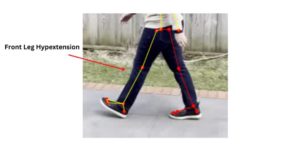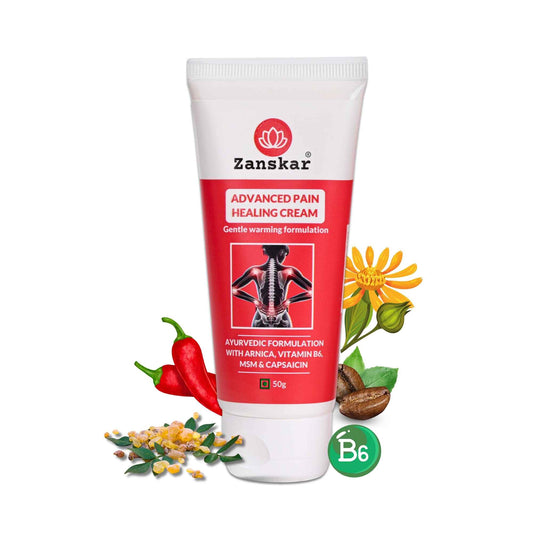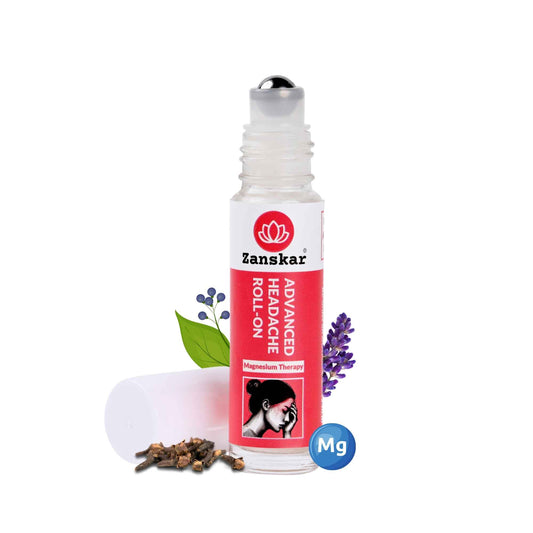
Are you doing this key thing WRONG while walking?

What do people do wrong when walking?
That is the question that our team gets asked most often.
Unfortunately, there are many options to choose from when answering, but this post will focus on a major issue that almost everyone should be dealing with—locking the knees when walking.
Locking the knees, or hyperextending, means to straighten the knee joint past its normal range of motion.

Proper Mechanics of Walking
The bones of the upper and lower leg, the femur and tibia, should sit directly on top of one another. This is a crucial factor in the transfer of weight through the body when we are standing and even walking.
When we move, the knee bends, which is normal, but what we don’t want is for the knee to move backward, or straighten too much, into hyperextension.
Walking should be accomplished with shorter steps than you might think.
A standard question that we ask clients in initial sessions is—what makes them go faster, long or short steps?
The answer we get invariably is long steps, which is incorrect.
More steps rather than longer steps will get us where we want to go in a more efficient manner.
When a runner wants to increase their pace and lengthens their stride, hamstring injuries are often the result. If instead, we increase the number of footfalls we run faster.
So why shouldn't you lock your knees?
Locking the knees (knee hyperextension) can have a load of deleterious effects. This type of hyperextension can be connected to knee pain, lower back pain, neck pain, and even headaches.
Symptoms of knee hyperextension include: Swelling, Reduced range of motion, Sharp localized pain, and Instability on the affected leg. Severe hyperextensions are common causes of ACL and MCL ligament tears in the knee also.
Many people lock their knees while standing too which should be avoided too.

Two Types Of Hyperextension Of The Knees
There are two types of hyperextension of the knees that we see. The classic version is where the knee locks backward.
Another one which you can see in the images below is when the knee locks on the forward leg.


We refer to this as snapping the leg. Walking should be initiated from the core but all too often is initiated from the lower leg which leads to this snapping.
The effect of the snapping is to move the shin too far forward which creates a terrible angle between the upper and lower leg as seen in the pictures.
What can you do if you lock your knees while walking?
Whether or not one is locking their knees when walking is predicated on the length of stride that we take.
If a stride is too long there is no way to avoid hyperextension because in order to walk with a long stride the calf must move backward to propel the body forward. Only by shortening one’s strides can hyperextension be eliminated.
The first thing would be to pay attention to the way you walk in order to see if, in fact, you are locking the knees when walking. If you are locking the knees, shorten your stride only enough to stop pushing the calf backward in order to move forwards and you have found an acceptable length of stride.
Learn More About Zanskar Health
If you have joint or muscle pain that makes it hard to move, Zanskar offers the most advanced full stack pain relief solutions for you.
Now available to purchase, Zanskar® Advanced Pain Healing Cream has a unique formulation of natural ingredients like Arnica, Vitamin B6, MSM and Capsaicin, which is trusted by over 20L+ pain sufferers globally. It provides lasting relief from muscle and joint discomfort that you can feel good about. Get your fix before stocks run out - buy now.
You can also gain access to therapeutic exercises and stretches for your condition by downloading the Zanskar Health physiotherapy mobile app. Additionally, you’ll have a personal care team to guide, support, and tailor our program to you, including behavioral and nutritional coaching.
Download our mobile app here 👉 download and track your exercise streak.
Medical Review: This article is written by Dr Nishtha Mittal (Senior Health Content Editor at Zanskar Health) and has been medically reviewed by the medical team at Zanskar Health. This article and its contents are provided for educational and informational purposes only and do not constitute medical advice or professional services specific to you or your medical condition.







